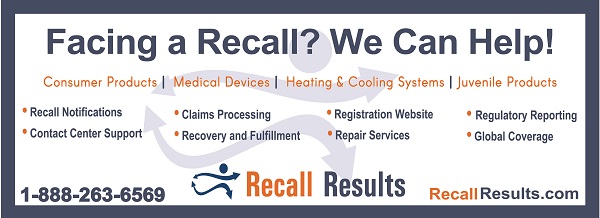|
  
|
|
Monday February 25, 2019
ASTM to Consider Non-Toy Strong-Magnets Standard
ASTM February 19 began the process of moving towards an F15 standard for high-powered, separable magnets not sold as toys. An impetus was increasing online sales, many of which blur the lines with toys or even claim or imply that the products are appropriate for children. The broad idea is to address warnings, packaging and labeling.
More specific elements likely would cover selling in permanent cases, not selling in stores or aisles that primarily or exclusively contain children's products, and prohibitions against knowingly making online/direct sales to children under 14 or to those buying for such youth.
Discussion at the initial meeting included differentiation from the F963 toy standard, which addresses strong magnets in toys. While both use a flux index 50 trigger, participants in the organizational teleconference seemed to agree that a new standard would complement F963, especially in situations where sellers seek to avoid the toy standard by claiming simply that the products are not intended for children.
Other perceived benefits would be clarity for retailers, who would have a better basis for insisting that products meet particular requirements as well as aiding manufacturers and importers wanting to meet minimum standards.
Leading much of the discussion were former CPSC Commissioner Nancy Nord, who noted a hiatus in agency attention, and Shihan Qu of Zen Magnets. That company in 2017 (PSL, 10/2/17) petitioned CPSC to initiate a rulemaking on performance requirements, safety warnings, instructions, and age information on packaging. This followed CPSC's removal of an existing rule after the 10th Circuit's vacated it. CPSC began a project to address the court's issues.
Comments on Zen's 2017 petition (PSL, 12/18/17) were split on need. Additionally, consumer groups agreed with the need for a new rule, but rejected Zen's scope, much of which hinged on units marketed to children under 14.
ASTM previously looked at a standard in 2012 (PSL, 7/2/12) when a coalition of manufacturers sought one in the face of CPSC attention that led to the now-vacated rule.
|


